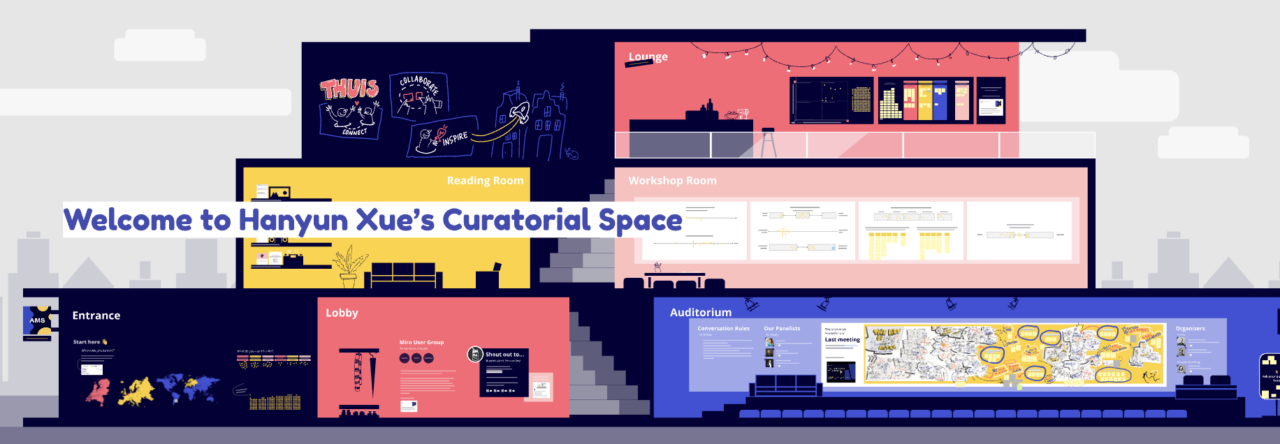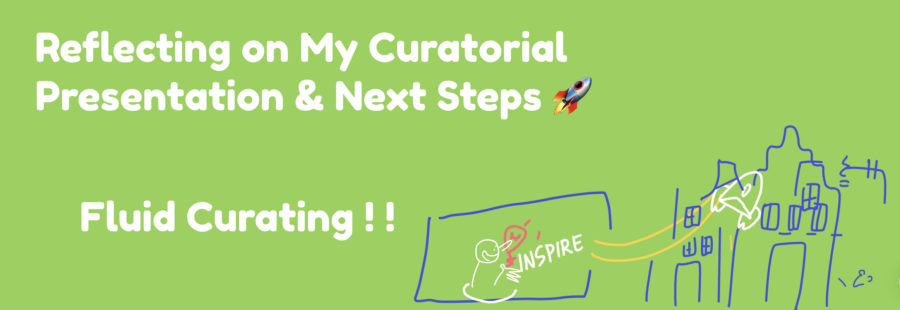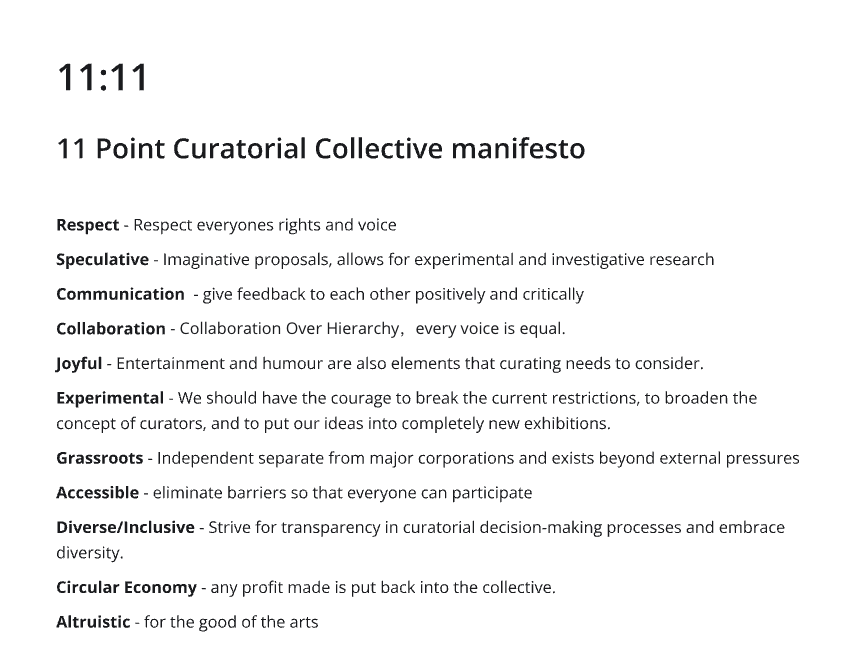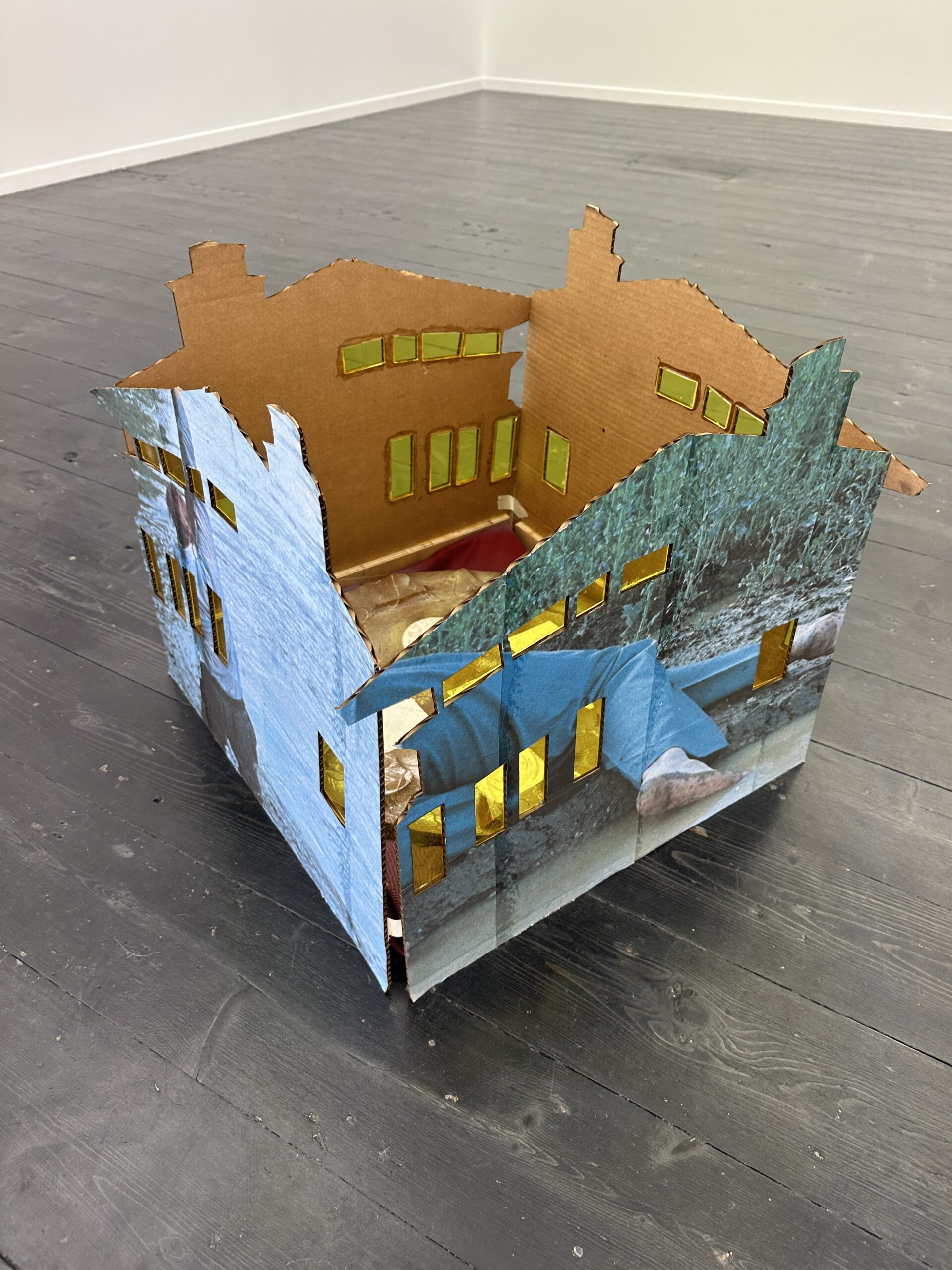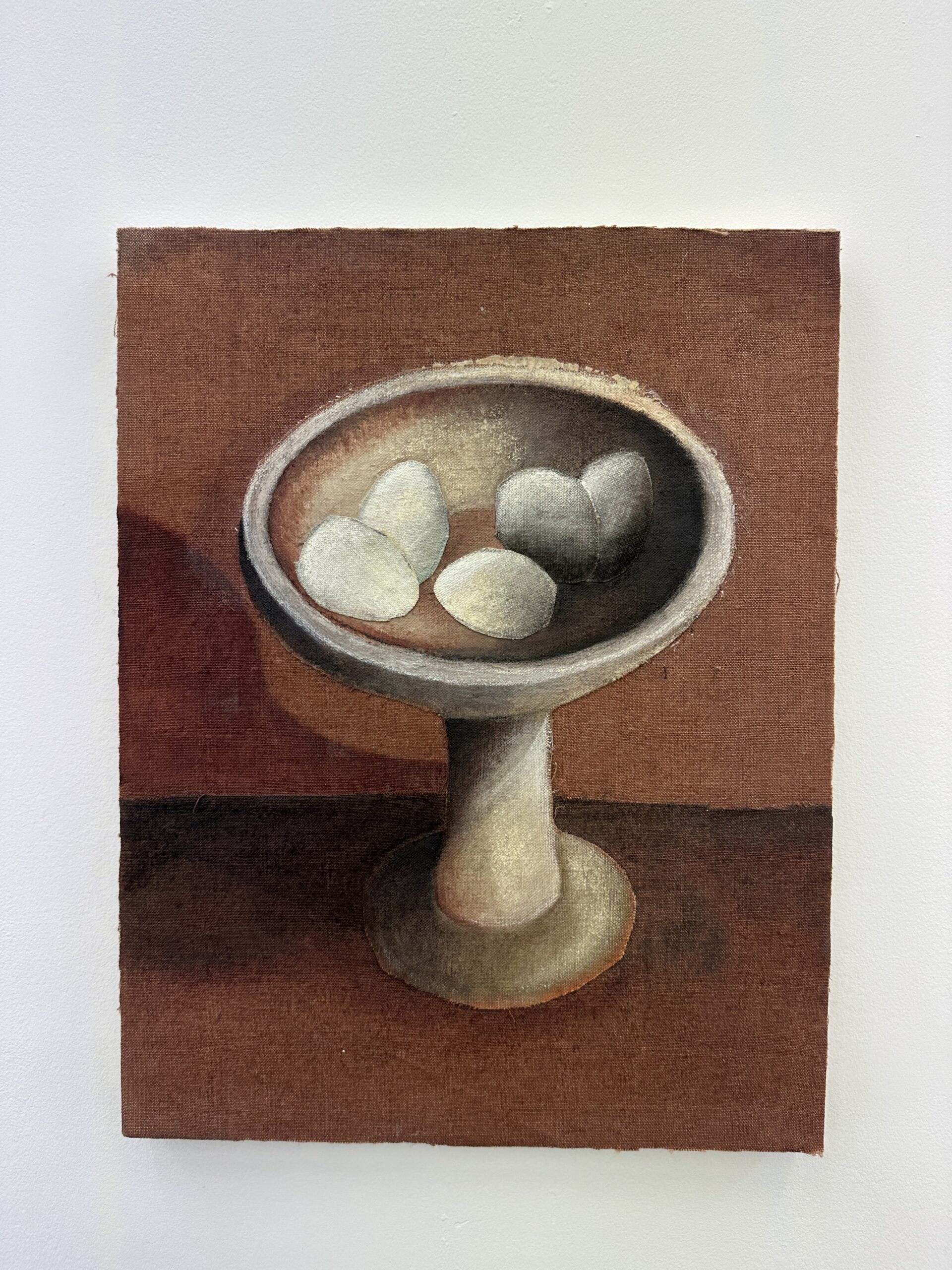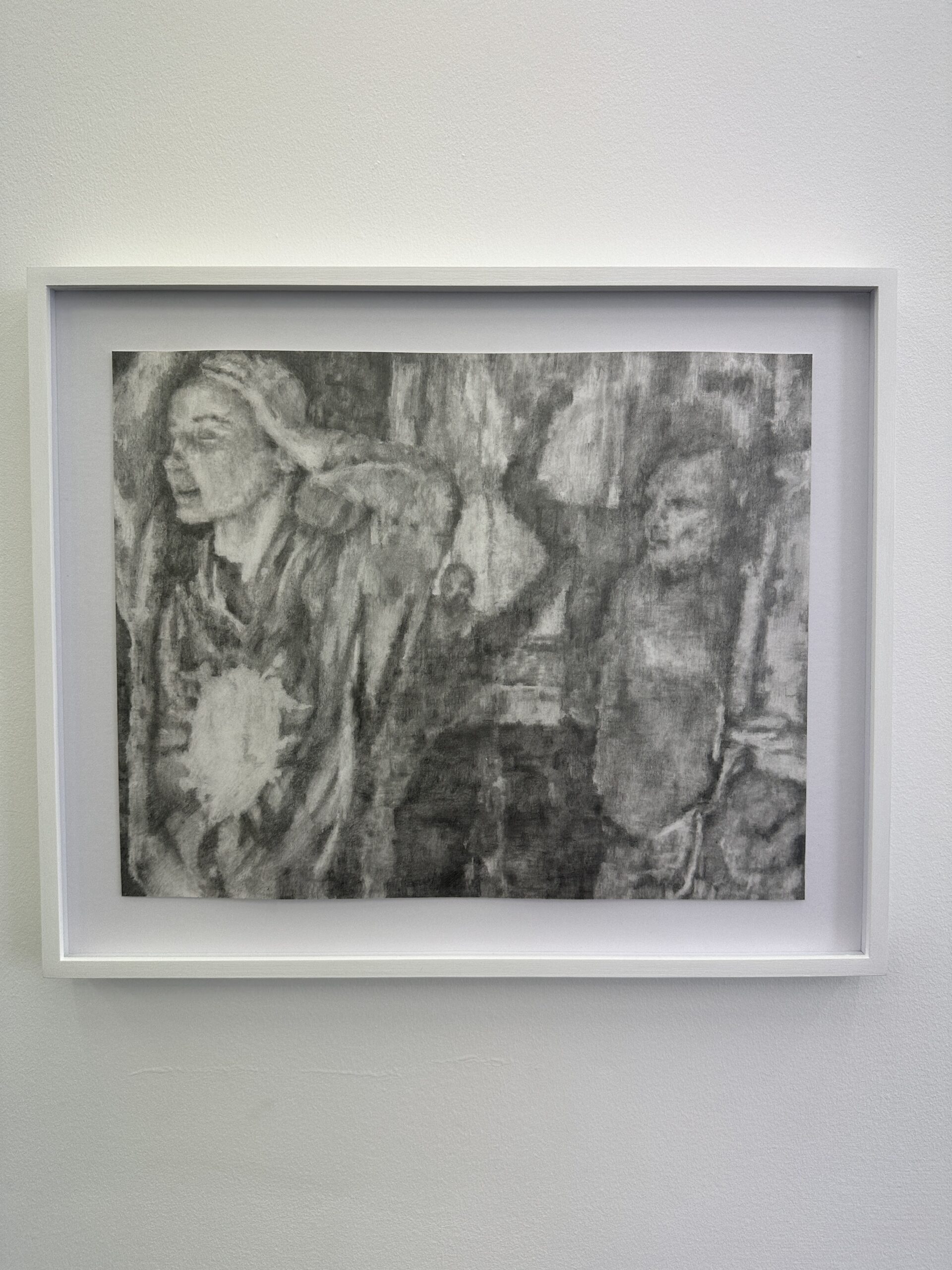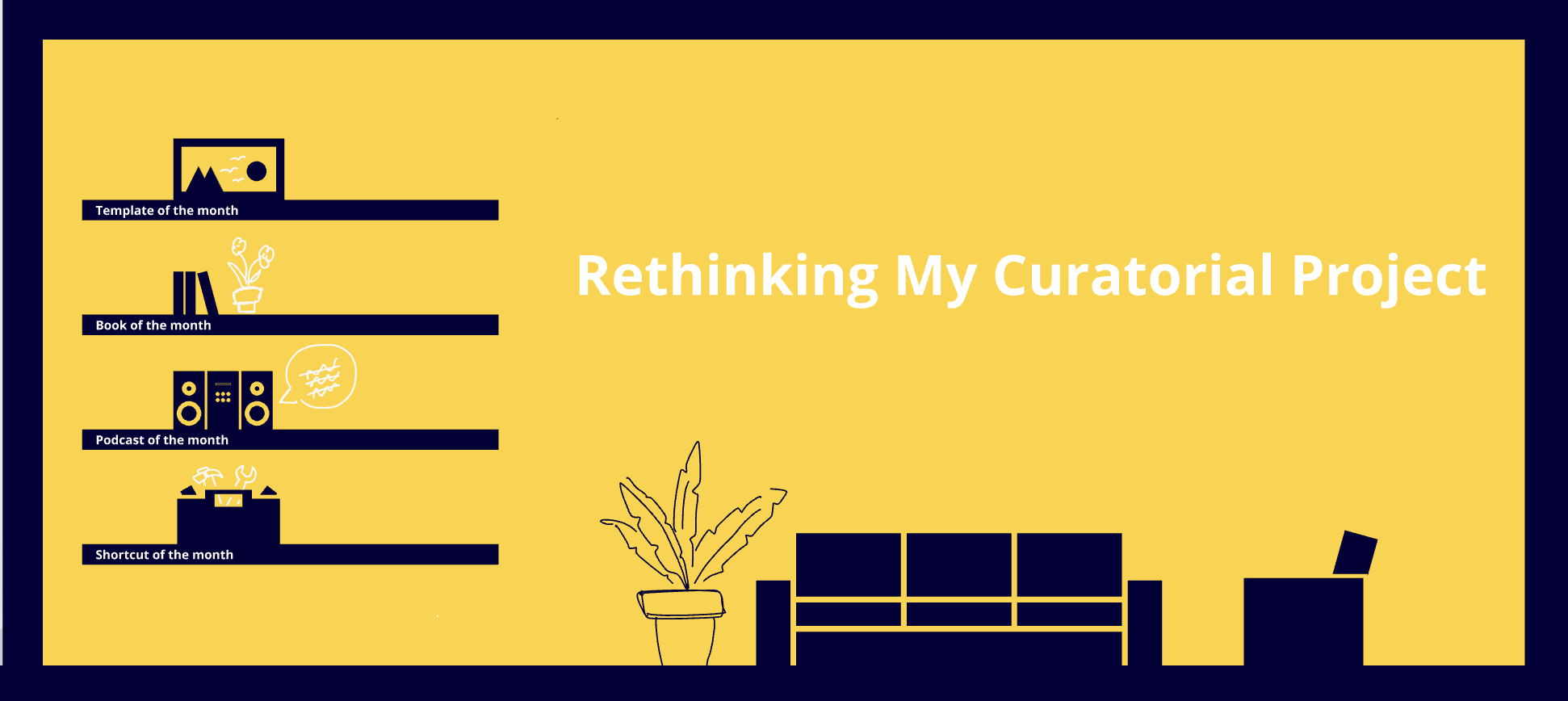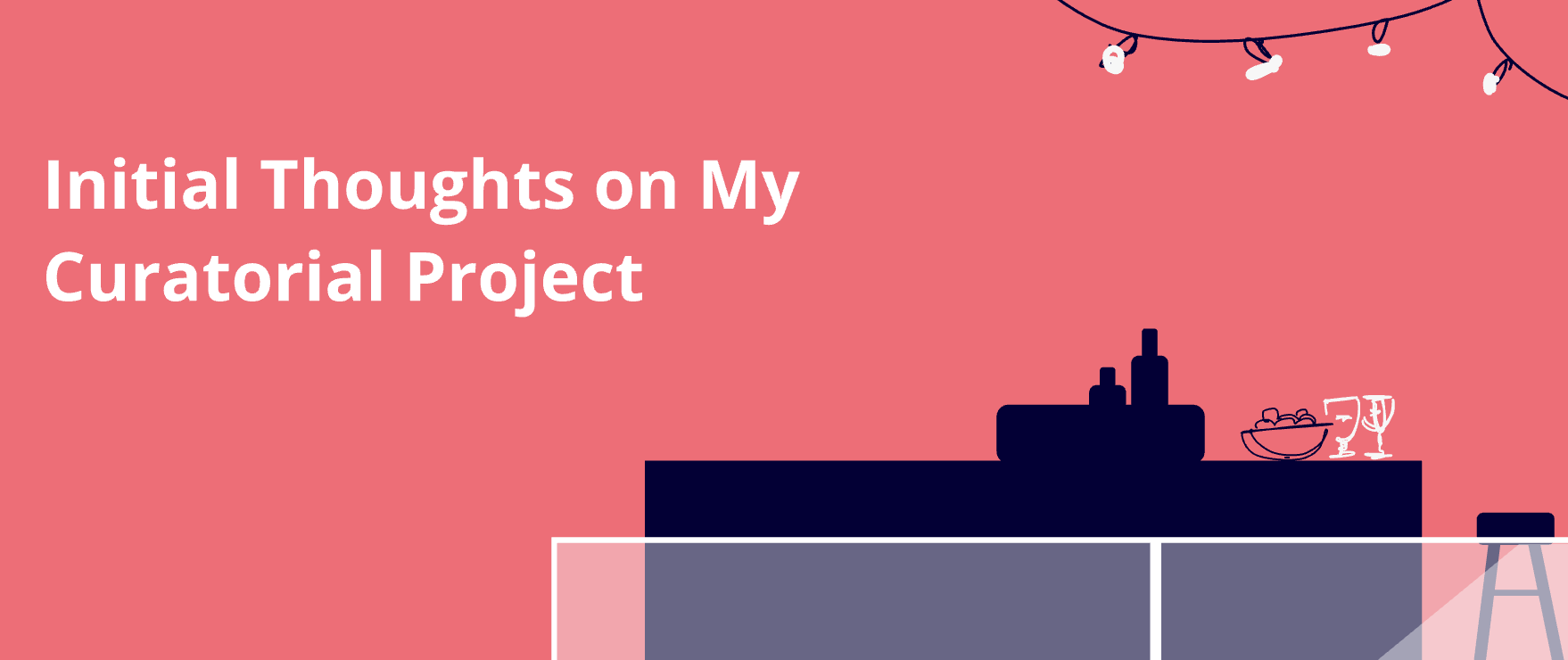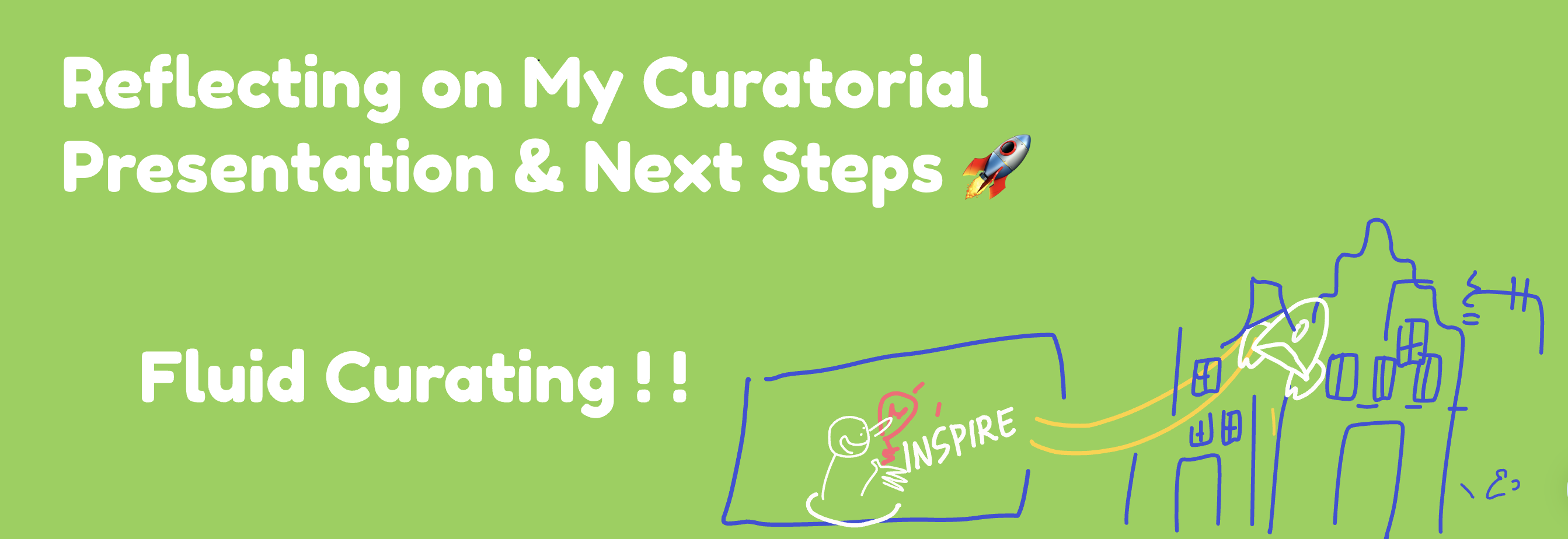 The past few weeks have been a whirlwind of ideas, refining concepts, and pushing my curatorial project, “Fluid Curating: Experimenting with Decentralized Art Ecologies and Archiving,” further. Last week, I finally presented my work to my peers and tutors, and it was a moment of clarity—exciting, challenging, and full of insights.
The past few weeks have been a whirlwind of ideas, refining concepts, and pushing my curatorial project, “Fluid Curating: Experimenting with Decentralized Art Ecologies and Archiving,” further. Last week, I finally presented my work to my peers and tutors, and it was a moment of clarity—exciting, challenging, and full of insights.
In this blog, I want to take a step back and reflect on what I presented, the feedback I received, and what’s next as I shape this project into something tangible.
Presenting “Fluid Curating”
My presentation centered on the idea that traditional exhibitions are too static—curators decide everything in advance, and audiences passively consume what’s on display. But what if exhibitions were fluid? What if they could evolve based on audience interaction, real-time AI insights, and blockchain participation?
The core of Fluid Curating is:
Decentralized decision-making – Artists, audiences, and algorithms all contribute.
Dynamic exhibitions – Layouts, text, and artworks shift in real-time.
Transparent archiving – Every change is recorded on the blockchain, creating an evolving, living archive.
A big question I posed in my presentation was:
“If an exhibition is always changing, how do we keep it conceptually coherent?”
This made me rethink the role of curatorial anchors—fixed thematic points that structure the exhibition, even as other elements change. Using AI-driven thematic mapping could be one way to ensure coherence while allowing flexibility.
Feedback & Key Insights
Getting feedback from my peers and tutors was incredibly valuable. They challenged me to refine my approach, think about real-world implementation, and sharpen my project’s focus.
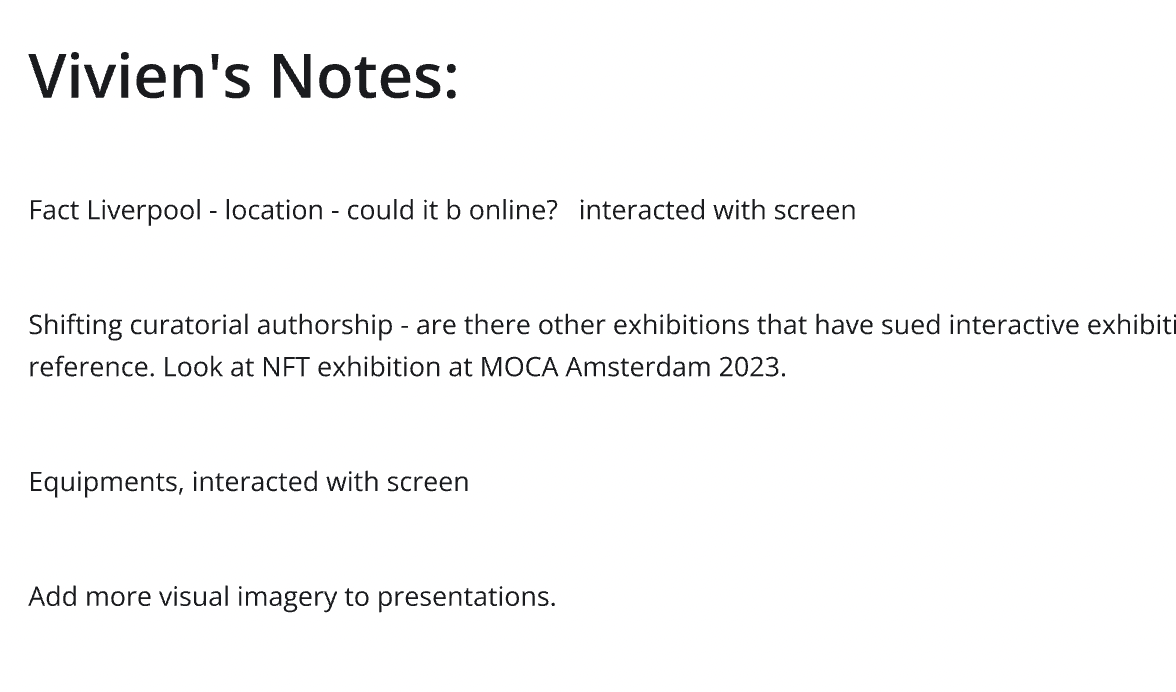
1️⃣ Could “Fluid Curating” work as a hybrid online-offline model?
Insight: Instead of just being a physical exhibition, could there be a digital platform where people interact with the curation remotely?
Next Steps:
Look into NFT exhibitions like MOCA Amsterdam 2023 for hybrid models.
2️⃣ Who controls the curatorial decisions?
Insight: If everything is audience-driven, does the curator still have a role? Some feedback suggested that full decentralization might weaken curatorial structure.
Next Steps:
Research other exhibitions that balance participatory curation with curatorial guidance.
3️⃣ How does the tech actually work?
Insight: My project relies on interactive screens, AI-generated text, and blockchain voting—but how will people engage with these tools? The feedback highlighted the need for clearer descriptions of how the audience physically interacts with the exhibition.
Next Steps:
Identify the exact tech requirements (touchscreens, projection mapping, AR integration).
Study existing interactive exhibition interfaces for reference.
4️⃣ Making the presentation more visual
Insight: The feedback suggested adding more sketches, diagrams, and visual prototypes to help people understand how Fluid Curating functions in real time.
Next Steps:
Design mockups of the exhibition space showing audience interaction.
Create data visualizations that illustrate how AI and blockchain influence the curation process.
Fact Liverpool: Bringing the Project to a Real Space
One major takeaway from the feedback was the importance of site-specific testing. Since I’m considering FACT Liverpool as the exhibition venue, I need to visit and evaluate:
Can their digital infrastructure support interactive tech?
How does their audience engage with new media exhibitions?
Is their space flexible enough for a constantly evolving exhibition model?
Next Steps:
Plan a site visit to FACT Liverpool and assess feasibility.
Look at previous interactive exhibitions hosted at FACT for inspiration.
